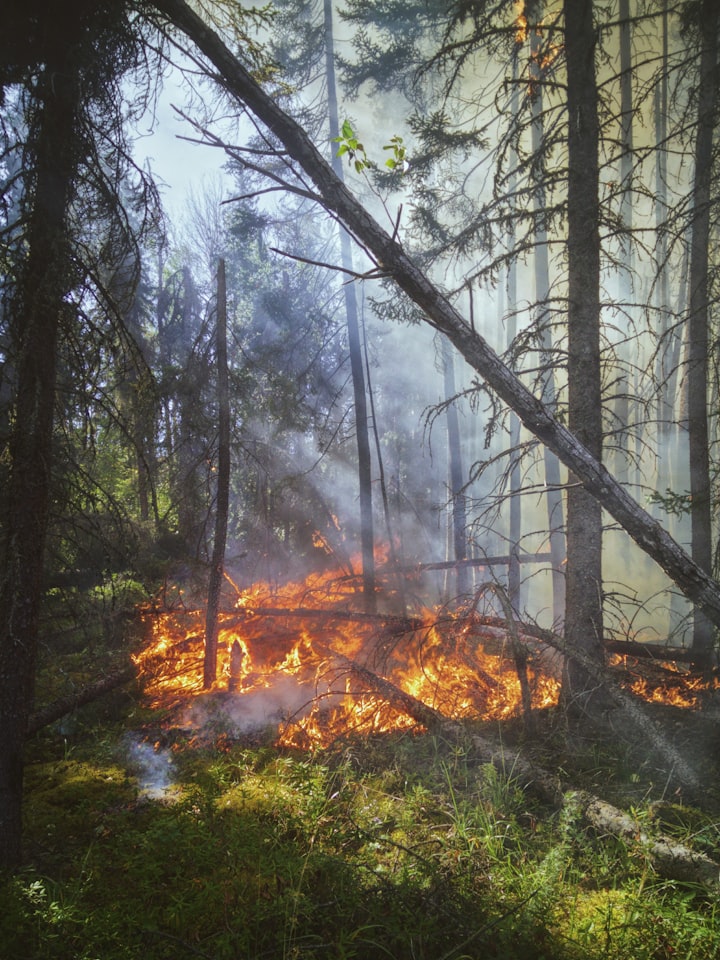Landscape Gardening
Ornamental plants add value to a landscape and help make a house a home

Landscape gardening is a multifaceted discipline that involves designing, creating, and maintaining outdoor spaces such as gardens, parks, and public areas. It is a combination of technical skills, artistic vision, and knowledge of plants and their environments, with the ultimate goal of transforming outdoor spaces into aesthetically pleasing and functional environments that can be enjoyed by people and wildlife alike. Landscape designers use their expertise to create plans that incorporate elements such as plantings, hardscaping, lighting, and water features to achieve the desired aesthetic and functional goals. In this article, we will delve deeper into the various aspects of landscape gardening, including plant selection, hardscaping, water features, lighting, and maintenance, to gain a better understanding of this fascinating discipline.
Landscape gardening is the art of designing, creating, and maintaining outdoor spaces, such as gardens, parks, and public spaces. It involves a combination of technical skills, artistic vision, and knowledge of plants and their environments. Landscape gardeners use their skills to transform outdoor spaces into aesthetically pleasing and functional environments that can be enjoyed by people and wildlife alike.
One of the most important aspects of landscape gardening is the design process. Landscape designers work with clients to understand their needs and desires for the outdoor space, as well as the existing environment and surrounding landscape. They then create a plan that incorporates elements such as plantings, hardscaping, lighting, and water features to achieve the desired aesthetic and functional goals. A well-designed landscape will not only enhance the beauty of the space but also improve the quality of life for those who use it.
When it comes to plantings, landscape gardeners must consider a wide range of factors, such as soil type, sun exposure, climate, and water availability. They must also have a deep understanding of the characteristics of different plant species, including their growth habits, maintenance requirements, and potential disease and pest problems. With this knowledge, they can select the best plants for each location and create a harmonious and sustainable garden.
In addition to plantings, landscape gardeners also use hardscaping elements, such as pathways, walls, and patios, to create structure and function in the outdoor space. Hardscaping materials can include natural stone, pavers, wood, or concrete, and landscape designers must consider the durability, cost, and aesthetic qualities of each material when selecting them. The placement and design of hardscaping elements can also help to create different zones within the outdoor space, such as seating areas, play areas, or garden beds.
Water features, such as fountains, ponds, and waterfalls, can also add beauty and tranquility to a landscape. However, they require careful planning and maintenance to ensure that they function properly and do not cause problems such as water damage or mosquito breeding. Landscape gardeners must also consider the impact of water features on the surrounding plants and wildlife, as well as the potential impact of chemicals such as algaecides or mosquito larvicides.
Lighting is another important aspect of landscape gardening. Outdoor lighting can be used to highlight features such as plants or hardscaping, provide safety and security, and create a welcoming atmosphere. Landscape gardeners must consider the placement and design of lighting fixtures, as well as the type of bulbs and power source used, to ensure that the lighting is both functional and aesthetically pleasing.
Finally, maintenance is a crucial part of landscape gardening. Regular pruning, fertilizing, and watering are necessary to keep plants healthy and thriving, while proper care of hardscaping elements can prevent damage and prolong their lifespan. Landscape gardeners must also be vigilant for signs of pests or disease and take prompt action to prevent or control any problems.
In conclusion, landscape gardening is a multifaceted art that requires a combination of technical skills, artistic vision, and knowledge of plants and their environments. Landscape designers must consider a wide range of factors when creating their designs, including plantings, hardscaping, water features, lighting, and maintenance requirements. With careful planning and execution, landscape gardeners can transform outdoor spaces into beautiful and functional environments that enhance the quality of life for people and wildlife alike.
About the Creator
Love The Green
Welcome to my page,I hope to share my experiences, insights, and knowledge with fellow nature enthusiasts.Together, we can celebrate the wonders of the natural world, and work to protect and preserve it for future generations to enjoy🌿🌲






Comments
There are no comments for this story
Be the first to respond and start the conversation.